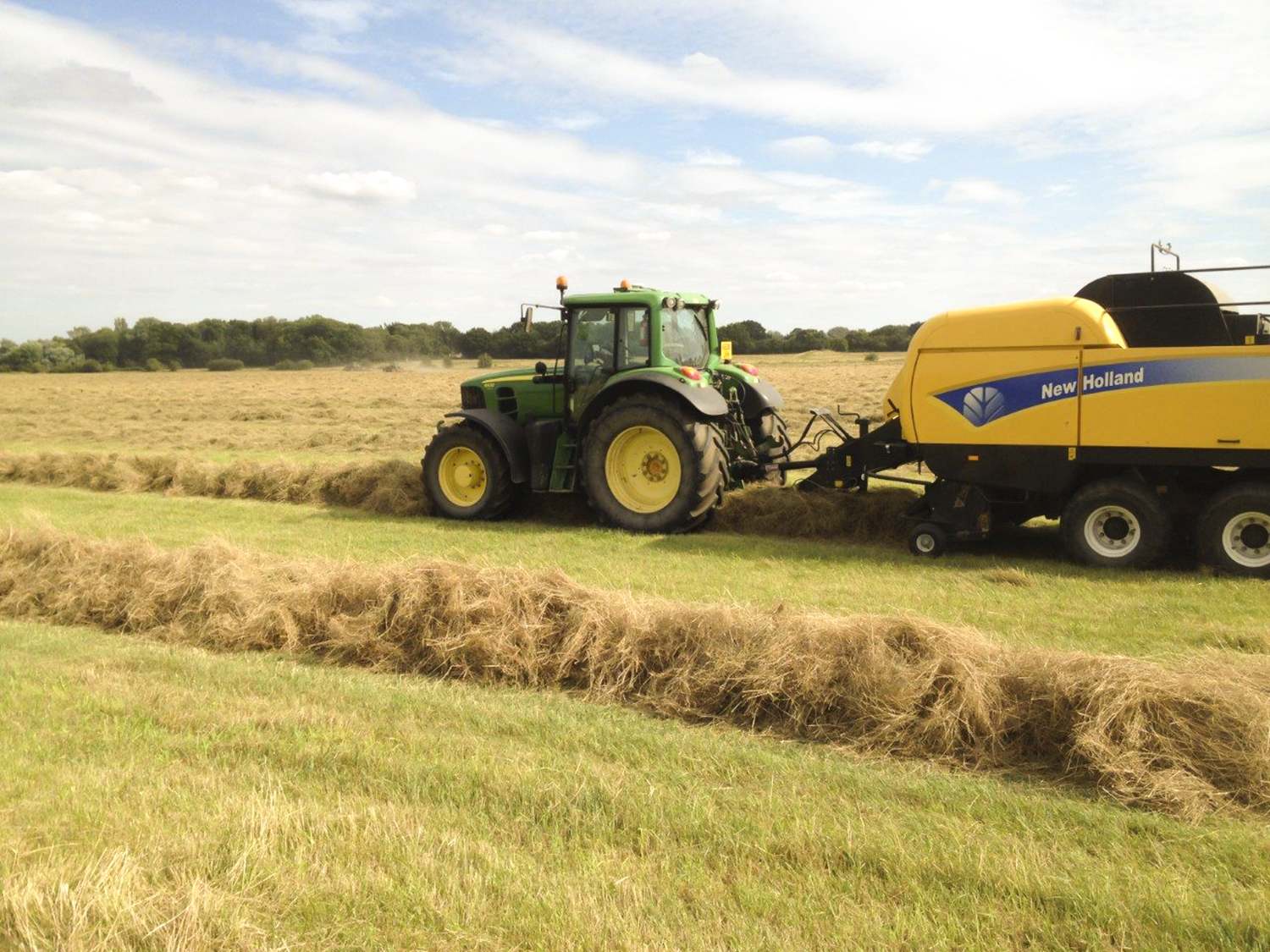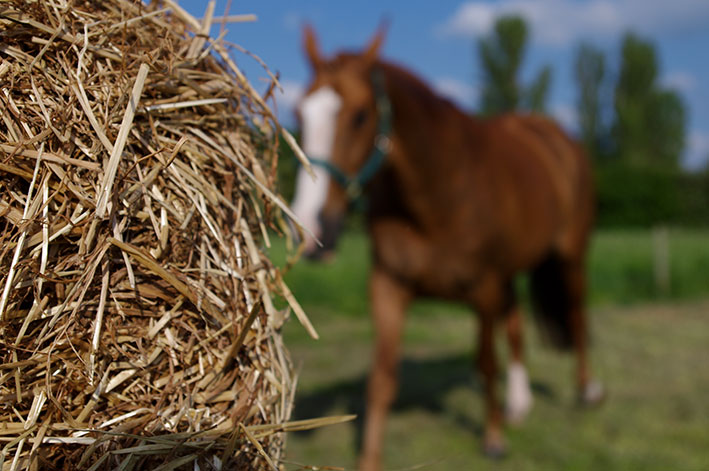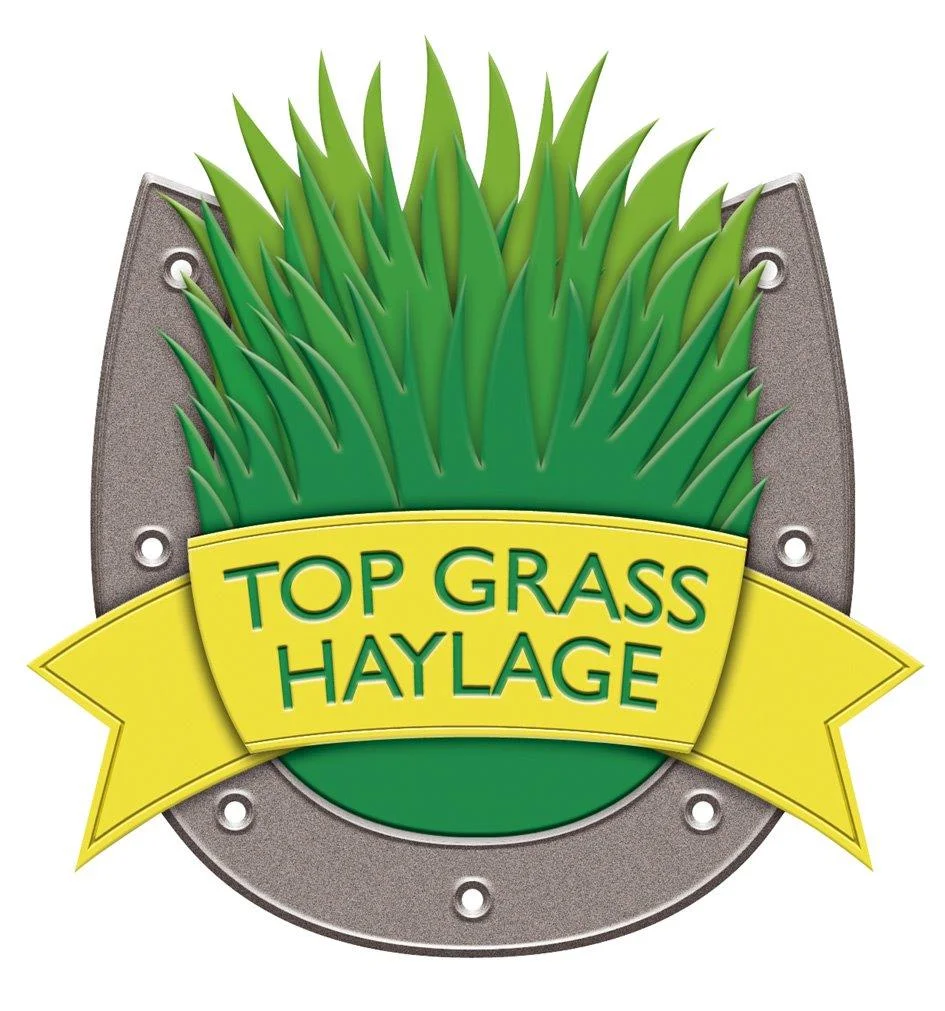Hay suppliers
Low in dust, hay is drier with a 10-15% moisture content and a lower feed value than haylage forage. Hay needs to be baled dry so it is often challenging to produce in the UK. We use modern machinery to efficiently harvest our hay within the short weather windows we have. Once baled and stored, nutrient levels stay the same unless it is exposed to external elements like rain, strong sunlight or vermin. This does not happen in our storage units and we guarantee all our hay until you sign it off as safely delivered to your premises!
TALK TO US IF YOU HAVE ANY QUESTIONS. WE'RE HAPPY TO HELP.
we supply two main cuts of hay
Our hay is grown from the popular Rye grasses and Timothy grasses. Good quality hay is baled dry and has a subtle sweet smell. Most of our hay is grown on a two to five year crop rotation. We offer:
- Rye grass hay mix - carefully selected Rye grass species. High in energy and protein this is a popular forage for performance and hard working horses.
- Timothy rye mix - a Timothy and Rye grass mix which is particularly palatable for horses.
hay NUTRITIONAL INFORMATION AND FEED ANALYSIS
Our hay is tested in batches to provide customers with nutritional information. Each individual batch of hay will vary but these are the average readings from our most recent hay harvest.
- Dry Matter (DM) — 85%
- Protein — 6%
- Oil — 2%
- Ash — 7%
- Neutral Detergent Fibre (NDF) — 46%
- Sugar — 10%
- Digestible Energy (DE) — 11.2%
Note, figures are a % of DM. Detailed feed value analysis is available on request.
Key facts
- The Dry Matter reading indicates the level of moisture content. The lower the Dry Matter the wetter the hay and the higher the Dry Matter the drier the hay
- The protein reading shows total protein present including amino acids.The combination of protein and amino acids help with growth, muscle development and tissue repair
- The Neutral Detergent Fibre (NDF) reading indicates the digestibility of the haylage. A low reading indicates high digestibility and a high reading indicates poor digestibility
Hay uses
Hay can be used to feed horses, sheep, cattle, alpaca's and other livestock
HAY BALE SIZES
- Small big bale - approximately 150 kg
- Big bale - approximately 300 kg
- Large big bale - approximately 500 kg
We give approximate weights because it will depend on the moisture content and density of a specific bale.




